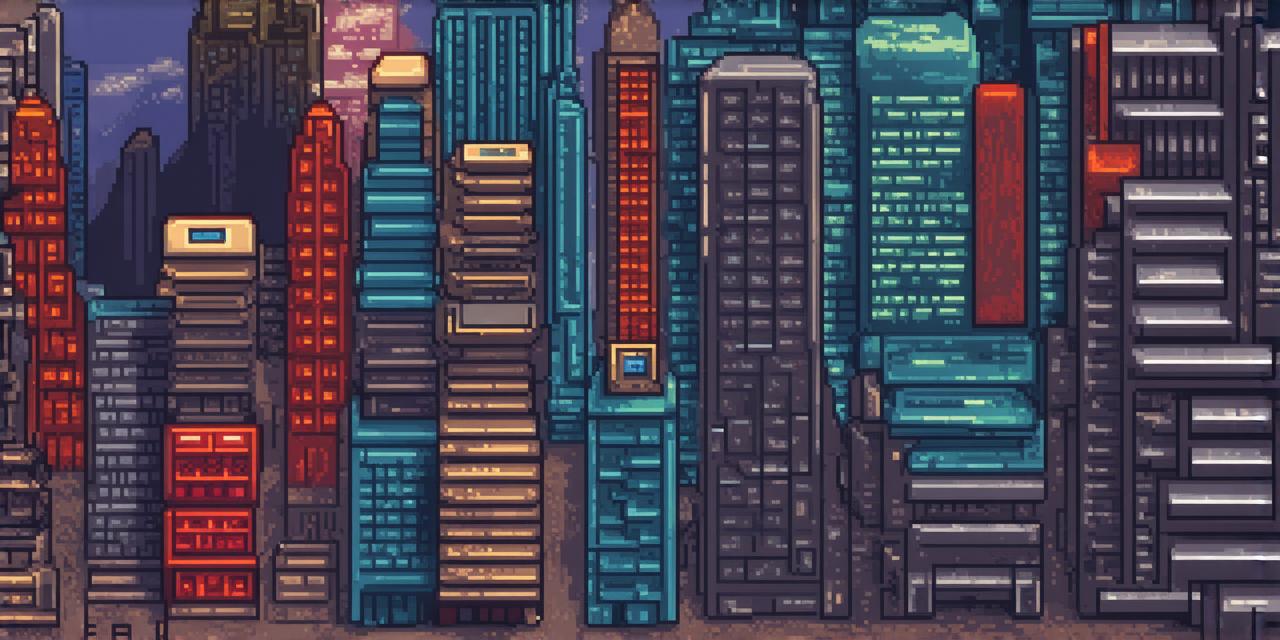Table of Contents
- Introduction: Why Make a Video Game?
- The Basics of Game Design
- Choosing Your Game Engine
- Writing the Code: A Beginner’s Guide to Programming
- Creating Art Assets for Your Game
- Sound and Music in Your Game
- Testing and Debugging Your Game
- Publishing and Distribution Your Game
- Conclusion: The Future of Game Development
- FAQs

Introduction: Why Make a Video Game?
Do you have a passion for video games and an itch to create your own? Look no further than this comprehensive guide on how to make a video game by yourself. In this article, we’ll cover everything from the basics of game design to the technical aspects of coding and programming, so you can bring your vision to life. Whether you’re a complete beginner or an experienced programmer, this guide will provide you with the knowledge and tools you need to create your very own video game.
The Basics of Game Design
Before we dive into the technical details of game development, it’s important to have a basic understanding of game design principles. This includes everything from conceptualizing your game idea to creating a prototype and playtesting it to refine the experience. Here are some key concepts to keep in mind:
- Game Mechanics: These are the rules and systems that govern how your game works. They can include things like player movement, enemy behavior, and resource management.
- Level Design: This refers to the layout and structure of each level in your game. It’s important to consider factors like flow, difficulty, and visual appeal when designing levels.
- Narrative: Your game’s storyline and dialogue can help to immerse players in the world you’ve created and provide context for their actions.
- Art Assets: These include everything from character models and backgrounds to sound effects and music. They can greatly enhance the overall look and feel of your game.
Choosing Your Game Engine
Now that we have a basic understanding of game design principles, let’s talk about choosing a game engine to bring your vision to life. A game engine is essentially a set of tools and technologies that make it easier to develop video games. There are many different game engines available, each with its own strengths and weaknesses. Here are a few popular options:
- Unity: This is a cross-platform game engine that supports both 2D and 3D graphics, and can be used for everything from mobile games to PC and console games. It’s easy to learn and has a large community of developers who provide support and resources.
- Unreal Engine: This is another popular game engine that supports both 2D and 3D graphics, and is known for its high-performance graphics capabilities. It can be more difficult to learn than some other engines, but it offers more advanced features and customization options.
Writing the Code: A Beginner’s Guide to Programming
…
Creating Art Assets for Your Game
…
Sound and Music in Your Game
…
Testing and Debugging Your Game
…
Publishing and Distribution Your Game
…
Conclusion: The Future of Game Development
…
FAQs
…
